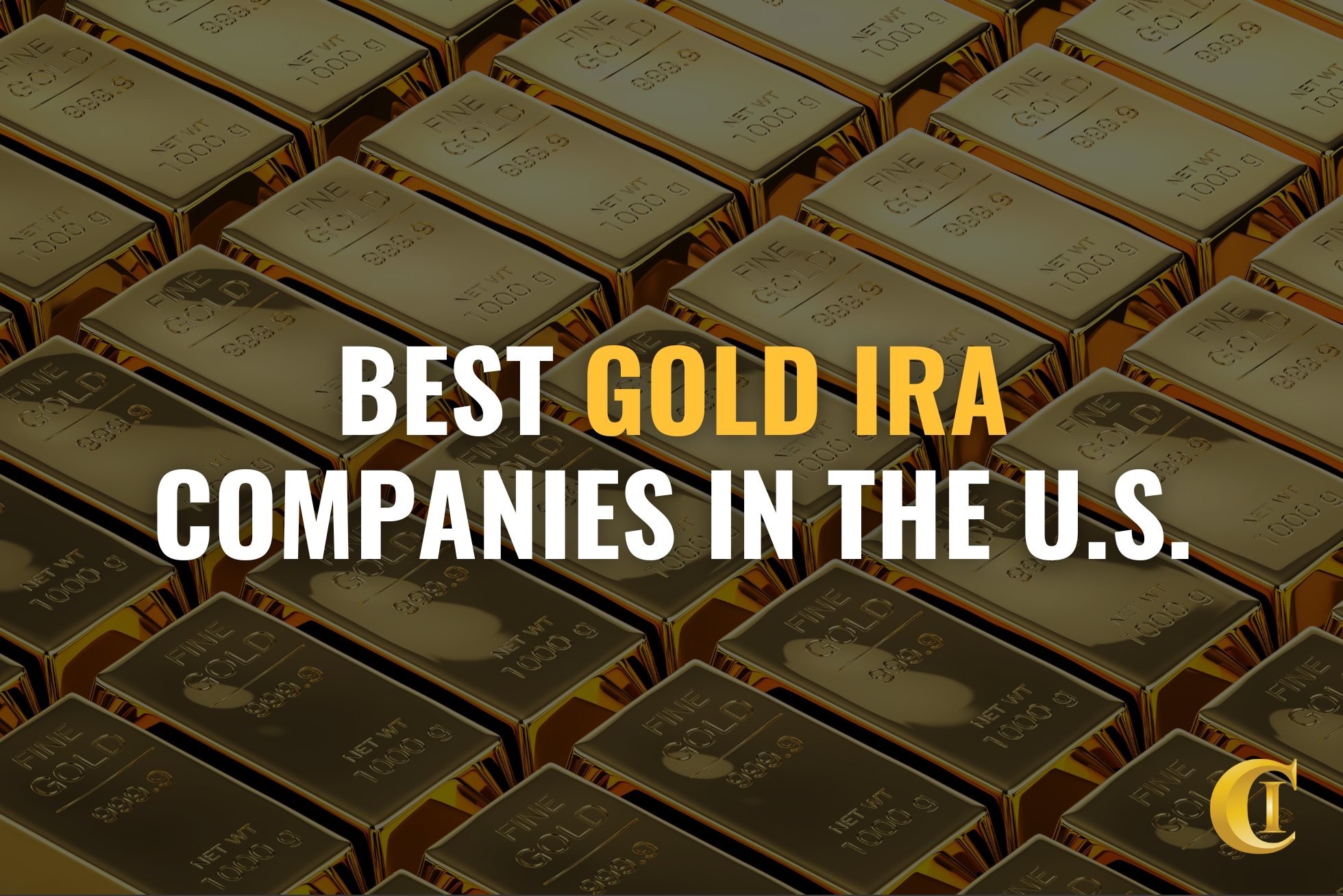brucebrousseau
About brucebrousseau
Understanding Precious Metals IRAs: A Guide to Investing in Gold, Silver, And More

Investing in valuable metals has change into an more and more in style strategy for people seeking to diversify their retirement portfolios. Valuable Metals Individual Retirement Accounts (IRAs) permit buyers to carry physical gold, silver, platinum, and palladium in a tax-advantaged account. This text will discover what a Precious Metals IRA is, how it really works, the advantages and risks related to it, and methods to get started.
What is a Precious Metals IRA?
A Precious Metals IRA is a type of self-directed IRA that allows investors to include bodily precious metals as part list of gold ira companies – irasgold.com – their retirement financial savings. Unlike conventional IRAs, which typically hold paper property similar to stocks and bonds, Treasured Metals IRAs allow people to personal tangible belongings. This can be an attractive choice for many who want to hedge towards inflation, financial downturns, or foreign money devaluation.
Forms of Precious Metals Allowed
The IRS has particular rules relating to which forms of treasured metals might be included in a Precious Metals IRA. The authorised metals include:
- Gold: Have to be at the very least 99.5% pure and can embody coins such as the American Gold Eagle, Canadian Gold Maple Leaf, and the Austrian Philharmonic.
- Silver: Have to be at least 99.9% pure. Eligible coins embrace the American Silver Eagle, Canadian Silver Maple Leaf, and the Austrian Silver Philharmonic.
- Platinum: Must be not less than 99.95% pure. Acceptable coins embrace the American Platinum Eagle and the Canadian Platinum Maple Leaf.
- Palladium: Must be at least 99.95% pure. Eligible coins embrace the American Palladium Eagle.
How Does a Precious Metals IRA Work?
Organising a Precious Metals IRA includes several key steps:
- Choose a Custodian: A custodian is a financial institution that manages your IRA account. It is essential to pick out a custodian that specializes in Valuable Metals IRAs and has a superb fame.
- Fund Your Account: You possibly can fund your Precious Metals IRA via varied strategies, including transferring funds from an existing IRA or making a direct contribution. Notice that there are annual contribution limits set by the IRS.
- Select Your Metals: Once your account is funded, you possibly can choose the particular treasured metals you wish to put money into, ensuring they meet the IRS’s purity necessities.
- Buy and Storage: Your custodian will facilitate the acquisition of the metals in your behalf. The IRS requires that every one physical metals be stored in an permitted depository, ensuring their security and compliance with IRS laws.
- Handle Your Investment: As with any funding, it’s essential to observe the efficiency of your valuable metals and alter your holdings as crucial.
Benefits of Investing in Precious Metals IRAs
- Diversification: Precious metals often behave in a different way than stocks and bonds, offering a hedge in opposition to market volatility. Together with them in your portfolio will help reduce overall danger.
- Inflation Hedge: Precious metals, notably gold, have historically been viewed as a secure haven throughout instances of inflation. As the worth of currency decreases, the value of treasured metals typically rises.
- Tangible Belongings: In contrast to paper belongings, valuable metals are bodily commodities that can be held and saved. This tangibility can provide a sense of safety for some traders.
- Tax Advantages: Valuable Metals IRAs provide the same tax benefits as conventional IRAs, permitting for tax-deferred growth. Taxes are solely paid upon withdrawal during retirement.
- World Demand: Valuable metals are wanted worldwide for numerous purposes, together with jewelry, expertise, and investment. This global demand can contribute to their lengthy-time period value.
Risks of Investing in Valuable Metals IRAs
- Market Volatility: While treasured metals can provide a hedge in opposition to inflation, their prices will be unstable. Traders should be ready for fluctuations in worth.
- Storage Prices: Storing bodily metals incurs prices, together with storage fees charged by the custodian or depository. These fees can eat into funding returns.
- Liquidity Points: Promoting physical treasured metals is probably not as easy as promoting stocks or bonds. Discovering a buyer and completing the transaction can take time.
- Regulatory Changes: Tax legal guidelines and rules surrounding Treasured Metals IRAs could change, potentially impacting the advantages of investing in them.
- Restricted Growth Potential: Unlike stocks, which may provide dividends or capital appreciation, treasured metals do not generate revenue. Their worth is primarily pushed by market demand.
How you can Get Began with a Precious Metals IRA
If you’re considering a Precious Metals IRA, follow these steps to get began:
- Research and Select a Custodian: Look for a custodian with experience in Valuable Metals IRAs, optimistic reviews, and transparent charge structures.
- Open Your Account: Complete the mandatory paperwork to open your Precious Metals IRA along with your chosen custodian.
- Fund Your Account: Decide on your funding methodology, whether or not via a transfer, rollover, or direct contribution.
- Choose Your Valuable Metals: Work with your custodian to choose the eligible valuable metals you wish to invest in.
- Complete the acquisition: Permit your custodian to facilitate the purchase and ensure correct storage in an IRS-accredited depository.
- Monitor Your Funding: Commonly assessment your Precious Metals IRA to make sure it aligns along with your retirement goals and make adjustments as needed.
Conclusion
Investing in a Precious Metals IRA generally is a helpful strategy for diversifying your retirement portfolio and defending against economic uncertainties. By understanding the advantages and dangers concerned, you may make informed selections about including precious metals in your retirement financial savings. As with every investment, it is essential to conduct thorough analysis and consult with monetary advisors to make sure that your funding technique aligns with your long-time period financial objectives.
No listing found.

